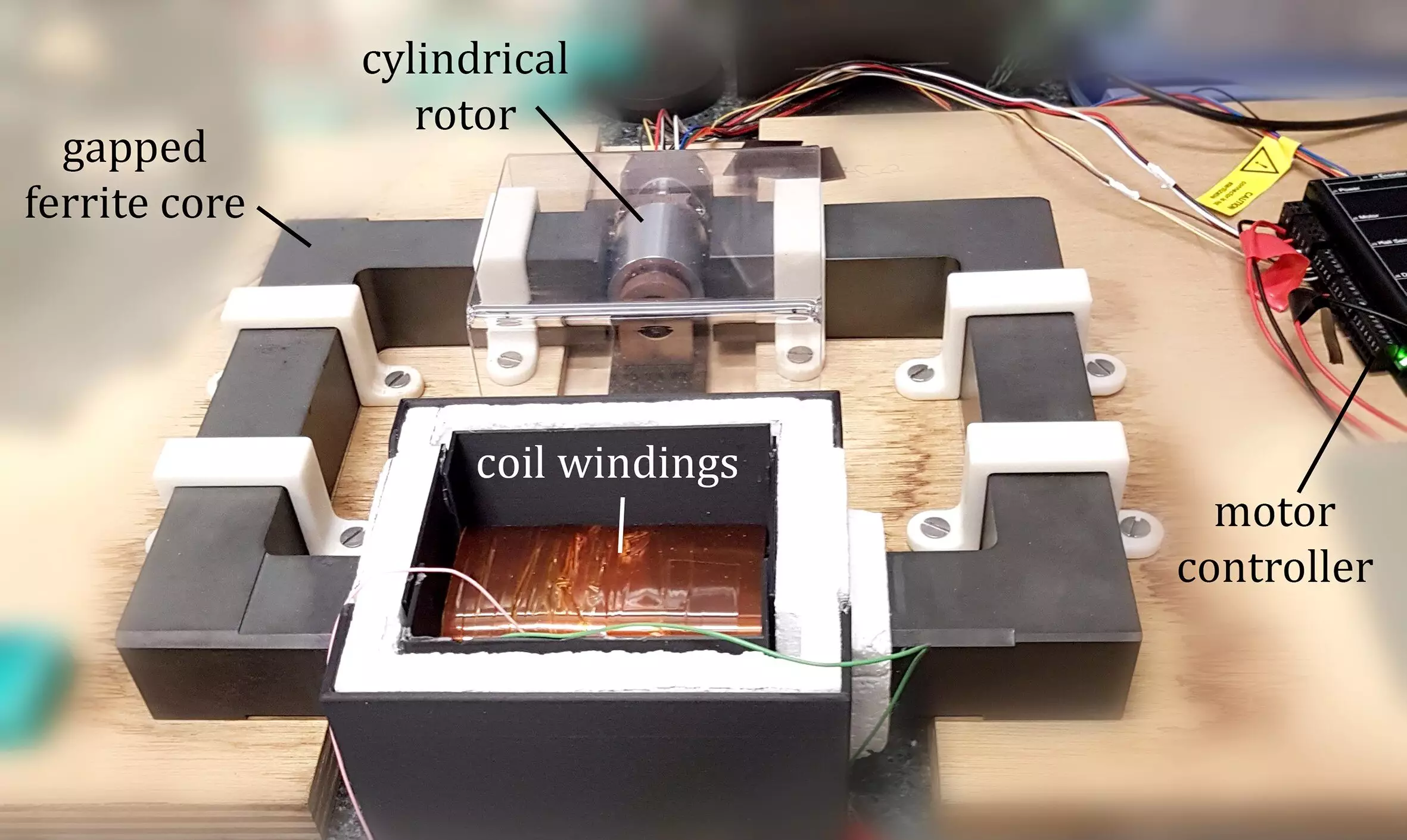The realm of theoretical physics is often marked by concepts that linger in the shadows for decades before emerging into the light of empirical evidence. Such is the case with the Zel’dovich effect, a phenomenon rooted in the work of Soviet physicist Yakov Zel’dovich, who first articulated this idea in the 1970s. Centered around wave energy and its amplification, the Zel’dovich effect hinges on angular momentum and the behavior of waves interacting with rotating objects. For years, the notion that electromagnetic waves could exhibit this effect remained speculative, challenging researchers to find practical evidence in a physical context. It was not until recently that a team of physicists at the University of Southampton broke this long-standing barrier, demonstrating the effect through innovative experiments with electromagnetic waves.
In a groundbreaking study published in the journal *Nature Communications*, researchers led by Dr. Marion Cromb successfully laid bare the intricacies of the Zel’dovich effect in electromagnetic settings. The innovative experimental setup utilized a spinning aluminum cylinder interacting with a resonant circuit, a method that remains relatively simple in complexity but profound in implications. By rotating the cylinder at a velocity exceeding that of incoming electromagnetic radiation, the researchers were able to manipulate the traditional understanding of wave absorption.
Conventional wisdom states that angular momentum tends to lead to the absorption of waves by objects; however, the study revealed that under certain conditions, these waves could actually be amplified. As Dr. Cromb explains, the rotation causes the waves to undergo a “rotational Doppler” effect, shifting their frequencies dramatically. In a remarkable twist, the waves encountered negative frequency conditions, which not only indicate an inversion in behavior but also lead to amplification rather than absorption.
One of the most compelling aspects of the research is its connection to the Doppler effect, a phenomenon familiar to anyone who has heard the siren of a passing emergency vehicle. The Doppler effect describes changes in frequency or wavelength of waves in relation to an observer’s movement. As a car approaches, its sound waves compress, increasing the pitch; as it moves away, the waves stretch, reducing the pitch. This foundational concept of wave behavior offers a lens through which the novel findings concerning the Zel’dovich effect can be understood. The researchers found that the rotating cylinder so modifies the incoming electromagnetic waves that they shift into negative frequencies, a scenario never before observed.
The implications of this discovery are vast and intriguing, reaching far beyond theoretical physics into practical applications. For electrical engineers and energy developers, the insights gleaned from the electromagnetic Zel’dovich effect may lead to enhancements in technology like induction generators, which are pivotal in renewable energy solutions such as wind turbines. The prospect of utilizing this knowledge to boost energy efficiency and output could revolutionize the way we harness natural resources, aligning with global sustainability goals.
Furthermore, the researchers posit that these findings could pave the path for exploring the phenomenon at the quantum level, potentially leading to the generation of waves amplified by interacting with the quantum vacuum. Given the groundbreaking nature of this research, the ongoing work in this area promises to open new frontiers in both theoretical exploration and practical engineering.
As with many pioneering experiments, the journey to demonstrating the Zel’dovich effect was not without its challenges. Professor Hendrik Ulbricht, who supervised the project, expressed his satisfaction with the experimental outcomes, highlighting the personal fulfillment of realizing such complex theories in practice. The collaborative effort of the research team during the pandemic underscores the resilience and innovative spirit of scientists in the face of adversity.
The success of this experiment not only validates decades of theoretical speculation but also invites further inquiry into the nature of wave dynamics across various physical systems. As the academic and engineering communities embrace these findings, there lies an inherent excitement about what future endeavors may reveal. The proof of the electromagnetic Zel’dovich effect represents a significant leap forward in our understanding of wave behavior, positioning physicists and engineers alike at the precipice of transformative discoveries that could alter our energy landscapes and deepen our comprehension of the universe.


Leave a Reply